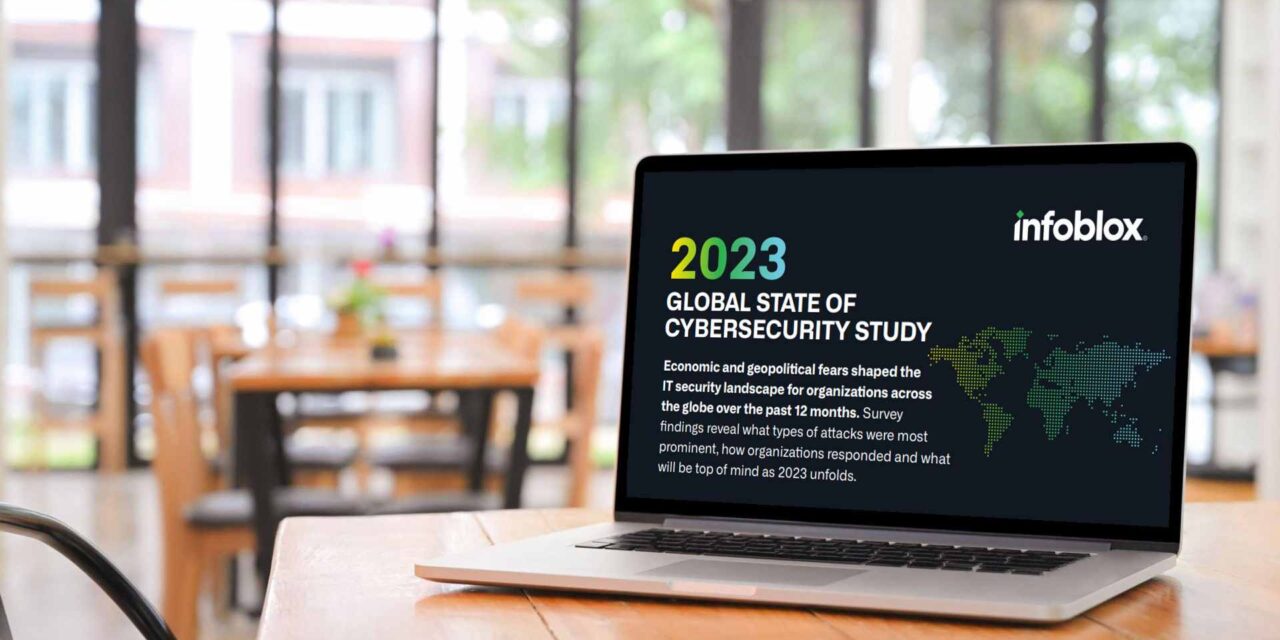What economic and geopolitical fears shaped the IT security landscape for organizations across the globe over the past 12 months?
Infoblox has recently released its annual Global State of Cybersecurity Study, to provide greater visibility on the global cybersecurity landscape across 13 markets – including India, Australia, Singapore and Japan.
Findings from the annual Global Cybersecurity Study reveal what types of attacks were most prominent, how organizations responded and what will be top of mind as 2023 unfolds.
Hybrid working continues to be the norm for many companies worldwide, even after more than two years since the start of the pandemic. However, as organizations expand their network to cater for a growing preference for hybrid and remote working, so too do security threats as potential attack surfaces expand for cybercriminals to target.
According to the global study, organizations’ increasing reliance on a remote global workforce meant that more had to be spent on securing critical assets now residing or transmitted from home networks. 54% were still adding VPNs and firewalls, employee-owned devices (48%) and smart kiosks and similar devices (28%) in 2022.
Despite these investments, the top attack vectors used in successful breaches were most likely to be Wi-Fi access points, cloud infrastructure or applications, IoT devices or networks and remote employee-owned endpoints as a result of remote workers using unprotected wireless networks, cloud services and networked devices beyond the organization’s full control.
There were also indications that attacks originating from IoT devices and networks became more prevalent in 2022 (29%) compared to 2021 (22%). Monitoring remote worker access, a lack of budget and a shortage of IT security skills remain as top challenges.
More facts and figures are available in this infographic.





















